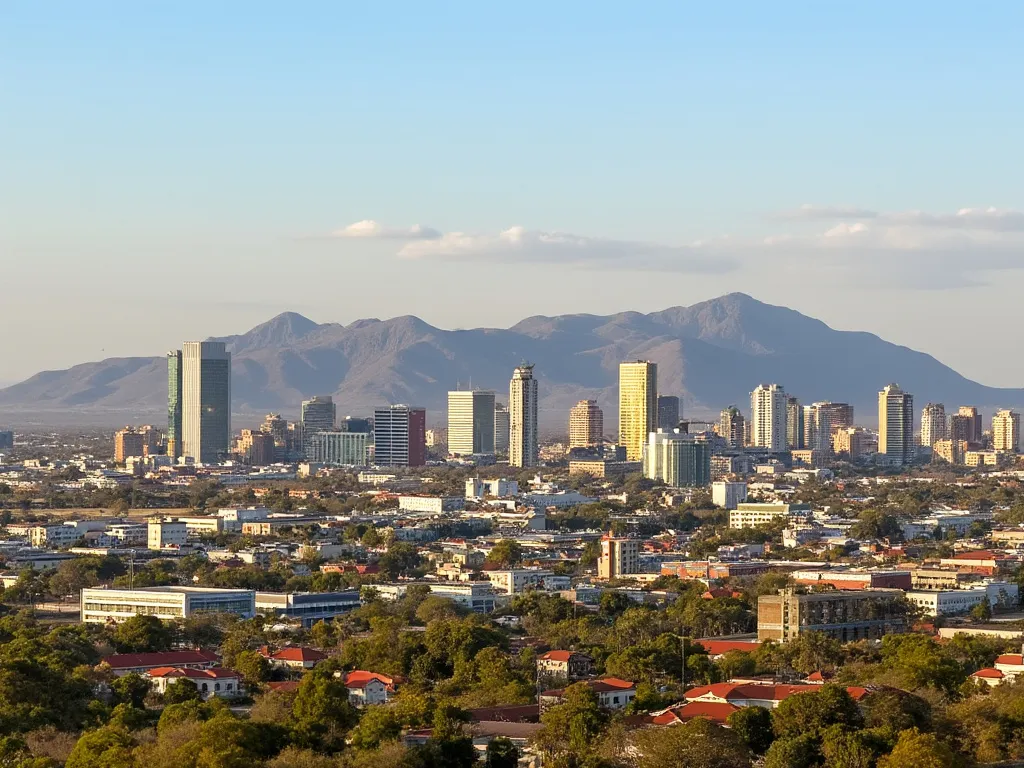
Gaborone is the capital and largest city of Botswana, a landlocked country in southern Africa. Founded in 1964, Gaborone has grown rapidly from a small village to a vibrant city with a rich cultural heritage. The city's name is derived from Kgosi Gaborone, a prominent local chief who played a key role in the city's development.
Gaborone Information
| Country | 🇧🇼 Botswana |
| City Population | 231,592 (2020 estimate) |
| City Coordinates | 24.6548° S, 25.9083° E |
| City Area | 169 km² (65.3 sq mi) |
| Climate | Semi-arid |
| Language | English, Setswana |
| Currency | Pula (BWP) |
| Time zone | Central Africa Time (CAT) (UTC+2) |
| Proximity to other major cities | 120 km (75 mi) northwest of Lobatse, 325 km (202 mi) southeast of Maun |
Interesting facts about Gaborone
- Gaborone has a unique laid-back atmosphere, earning it the nickname "Africa's fastest-growing city with a village atmosphere".
- The city is home to the iconic Three Chiefs' Statues, which commemorate the country's founders.
- Gaborone has a vibrant arts scene, with several galleries showcasing local and international artists.
- The city hosts the annual Gaborone International Carnival, which celebrates Botswana's cultural diversity.
Tourist attractions in Gaborone
- The National Museum, which showcases Botswana's history and cultural heritage.
- The Botswana National Archives, which houses a collection of historical documents and records.
- The Kgale Hills, which offer stunning views of the city and surrounding landscape.
- The Gaborone Game Reserve, which is home to a variety of wildlife, including giraffes, zebras, and antelopes.
Historical Background of Gaborone
Before the arrival of European colonizers, the area that is now Gaborone was inhabited by the Batlokwa people, a subgroup of the Tswana ethnic group. In the late 19th century, the British established a protectorate over the area, which later became known as Bechuanaland. When Botswana gained independence in 1966, Gaborone was chosen as the capital due to its central location and access to the railway line.
Geographical location of Gaborone
Gaborone is situated in the southeastern part of Botswana, in the flat valley of the Notwane River. The city is surrounded by a range of hills, including the Kgale Hills to the west and the Oodi Hills to the east. The city's climate is semi-arid, with hot summers and mild winters.
Cultural significance of Gaborone
Gaborone is a melting pot of different cultures, with a mix of traditional and modern influences. The city is home to several museums, including the National Museum and the Botswana National Archives, which showcase the country's history and cultural heritage. The city also hosts several festivals throughout the year, including the Gaborone International Music and Culture Week.
Economic importance of Gaborone
Gaborone is the economic hub of Botswana, with a diverse range of industries, including mining, manufacturing, and services. The city is home to several major companies, including the Botswana Stock Exchange and the Debswana diamond mining company. Tourism is also an important sector of the economy, with visitors attracted to the city's natural beauty and cultural attractions.
Conclusion on Gaborone
Gaborone is a city that seamlessly blends traditional and modern influences, offering visitors a unique and unforgettable experience. From its rich cultural heritage to its stunning natural beauty, Gaborone is a must-visit destination for anyone interested in exploring the heart of southern Africa.
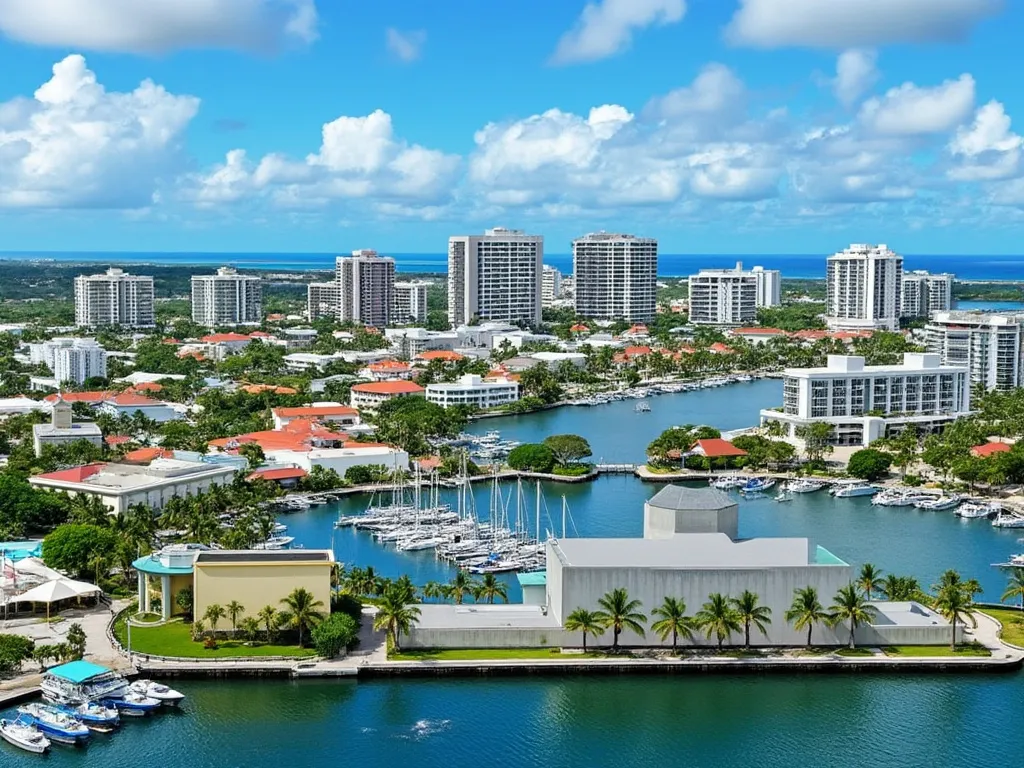 George Town
George Town
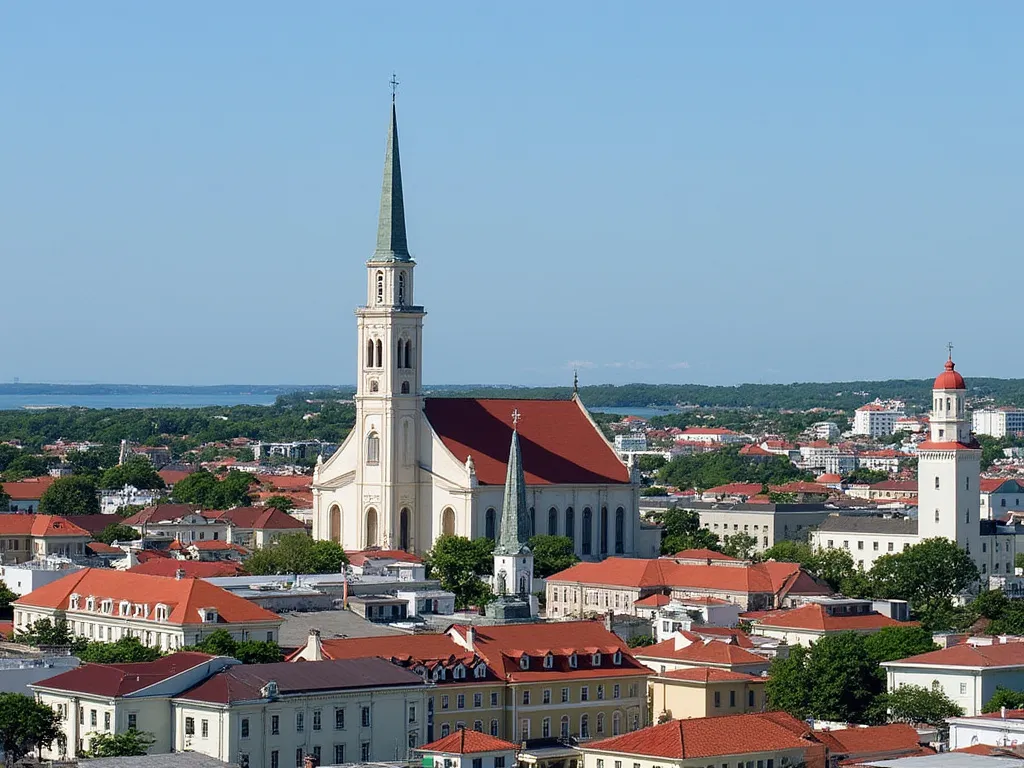 Georgetown
Georgetown
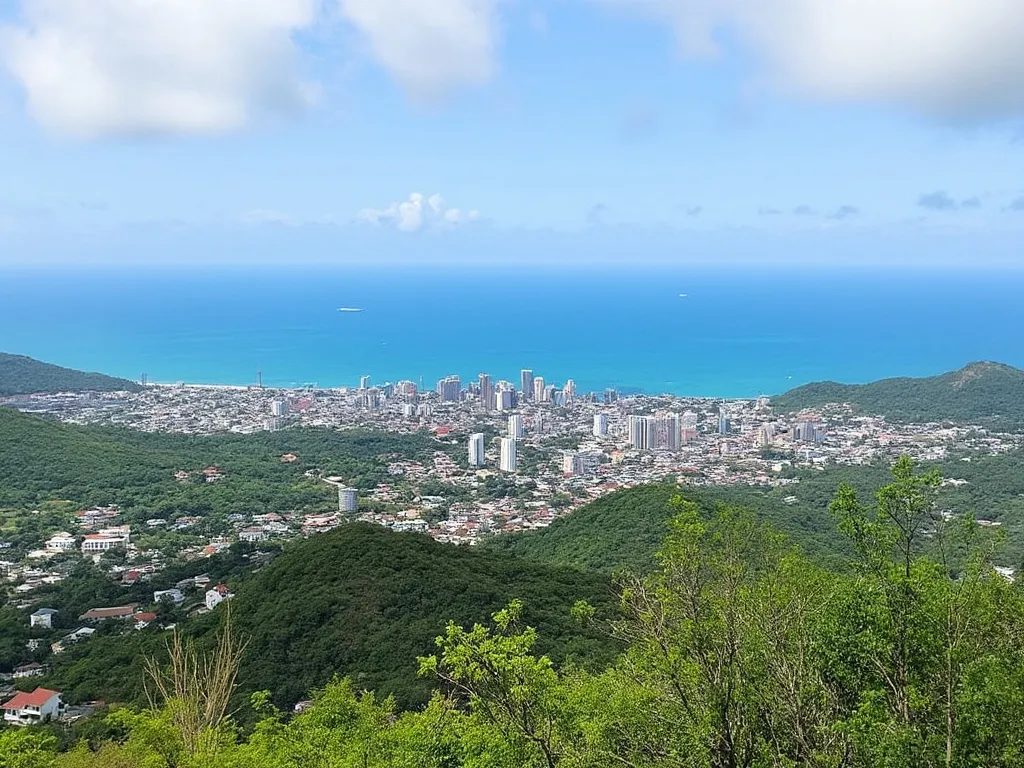 Freetown
Freetown
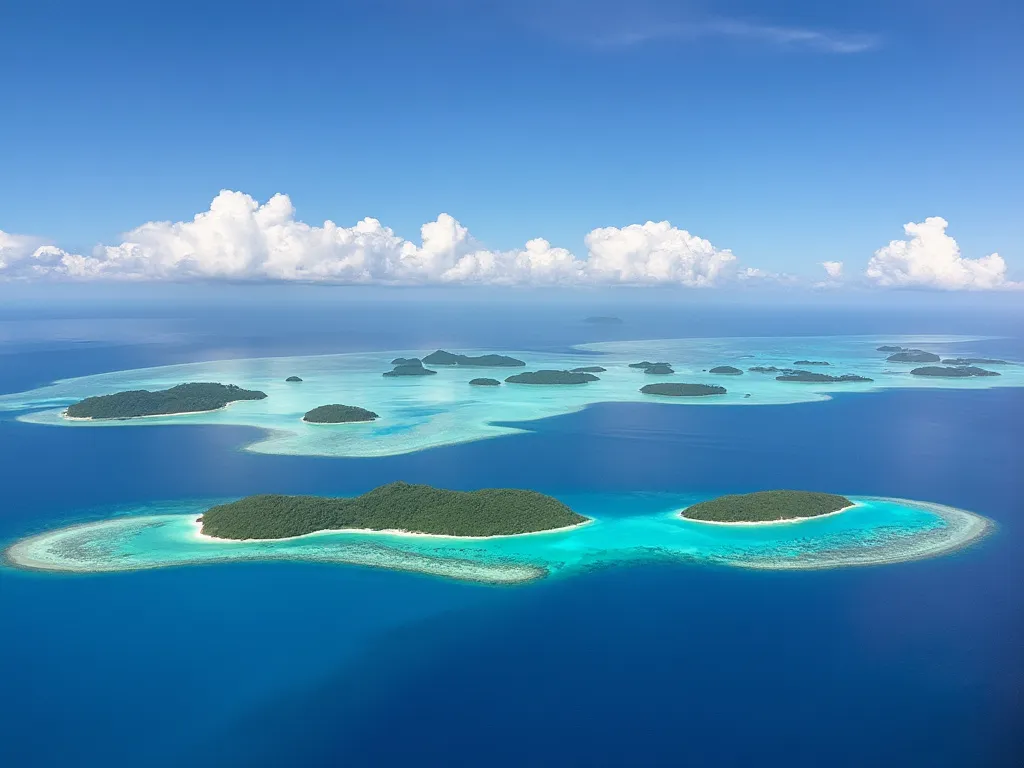 Funafuti
Funafuti